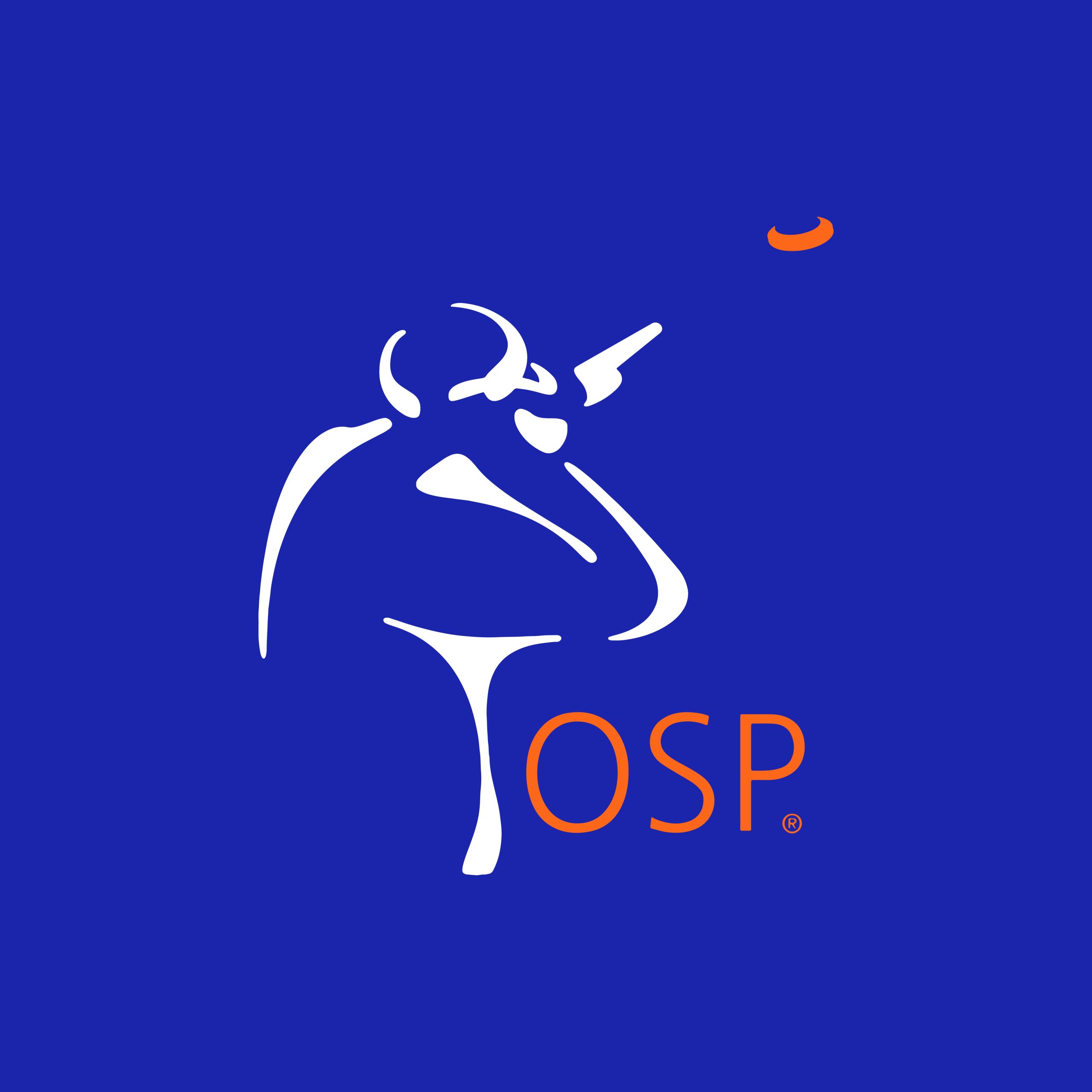Physiological Diplopia and Neurological Suspension
When a new shooter says something about the confusion, someone – albeit well-intended – throws their hands up in the air and proclaims that you’re left-eye dominant. You immediately feel like damaged goods, and some well-meaning person puts tape on your non-shooting eye and the confusion goes away. The reason it goes away is that whether you are focused on the target or the gun, you only see one image of both.
On the surface, this seems like a quick fix to the problem of the visual confusion. And while it does clear up the confusion caused by physiological diplopia, it also creates a laundry list of eventual problems that keep your performance with a shotgun lower than desired.
While some of the problems created by occluding an eye are not debilitating, they do create frustration as the desire to improve grows. The next time you are at the range or in the field on a hunt, if you are right-handed, close your left eye and notice what it does to the speed and size of the targets. The target looks 35 to 50 percent smaller and appears to fly 35 to 50 percent faster. The shooter must see 60 to 75 percent more lead with one eye, and improving is more than twice as difficult and takes much longer.
When you couple this with the fact that every synchronous movement you have developed in your brain has been automatized through repetition based on binocular input, you can begin to see how compromising your visual input to your brain can cause eventual problems.
So, how do we suggest you deal with the problem of Physiological Diplopia when learning to improve your shooting game? There is another visual phenomenon called neurological suspension, which occurs as you develop skill through repetition.
As your brain becomes more and more familiar with what you’re asking it to do through deliberate repetition, it begins to notice anything that you are aware of that is confusing or not necessary to the task you are trying to improve, and it begins to suspend these things from your consciousness. The more things it suspends from your consciousness, the easier the task becomes for you to replicate and the less confusing it becomes as you improve, and the critical things in the task become more and more obvious to your brain.
Here is where the automatization process begins to evolve, and you begin to perform the task at higher and higher levels with less and less conscious involvement and much less visual confusion.




